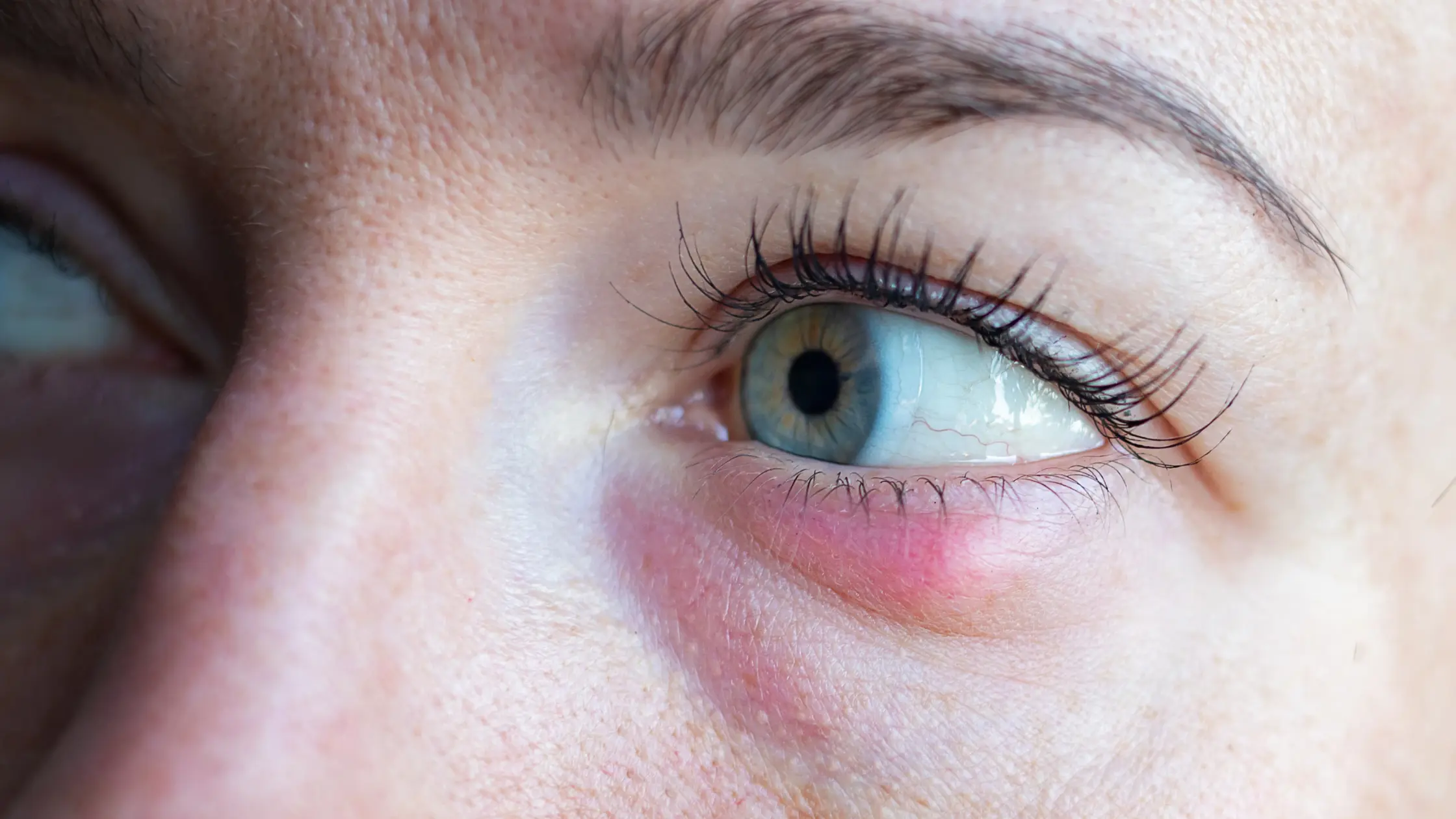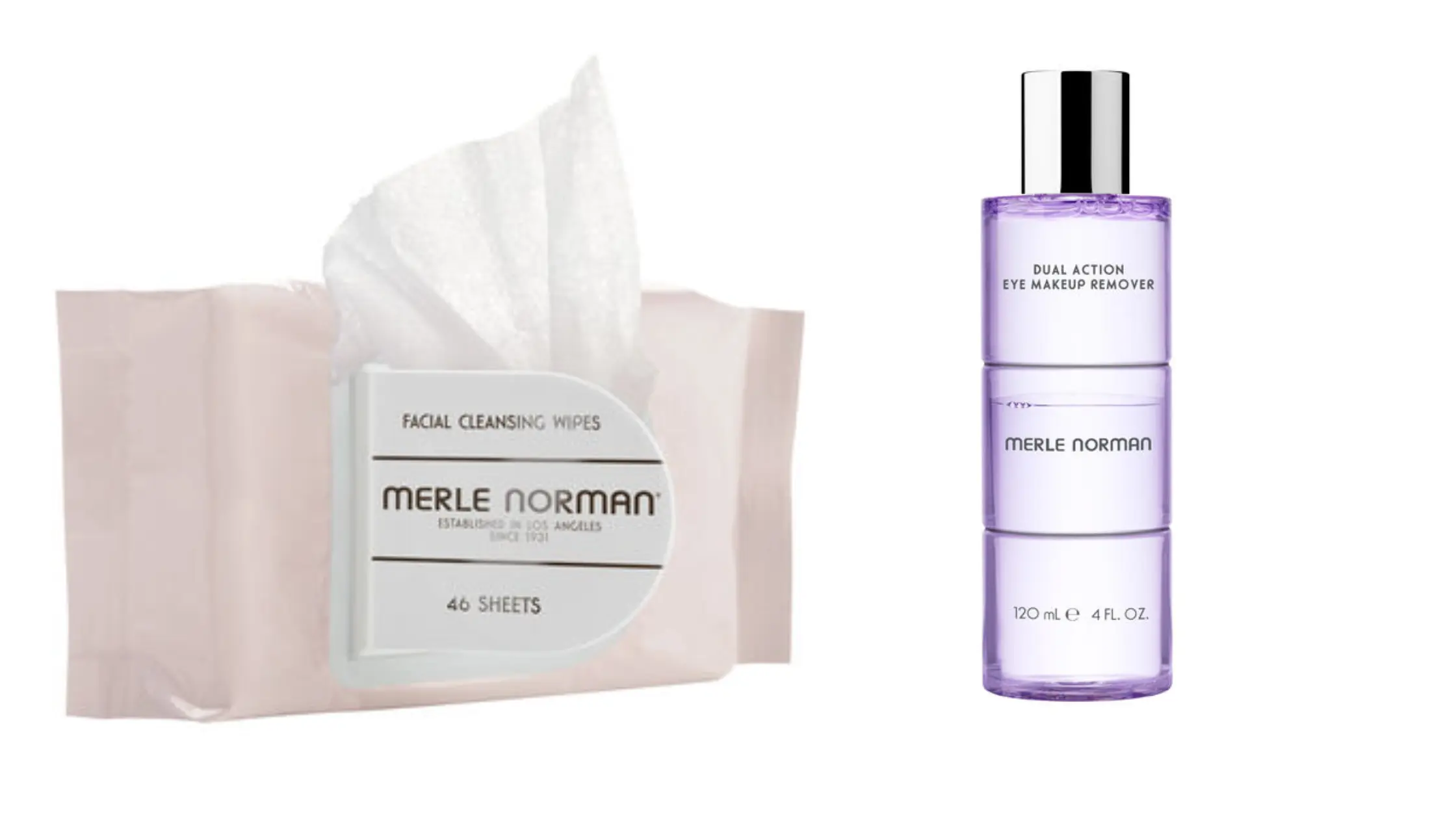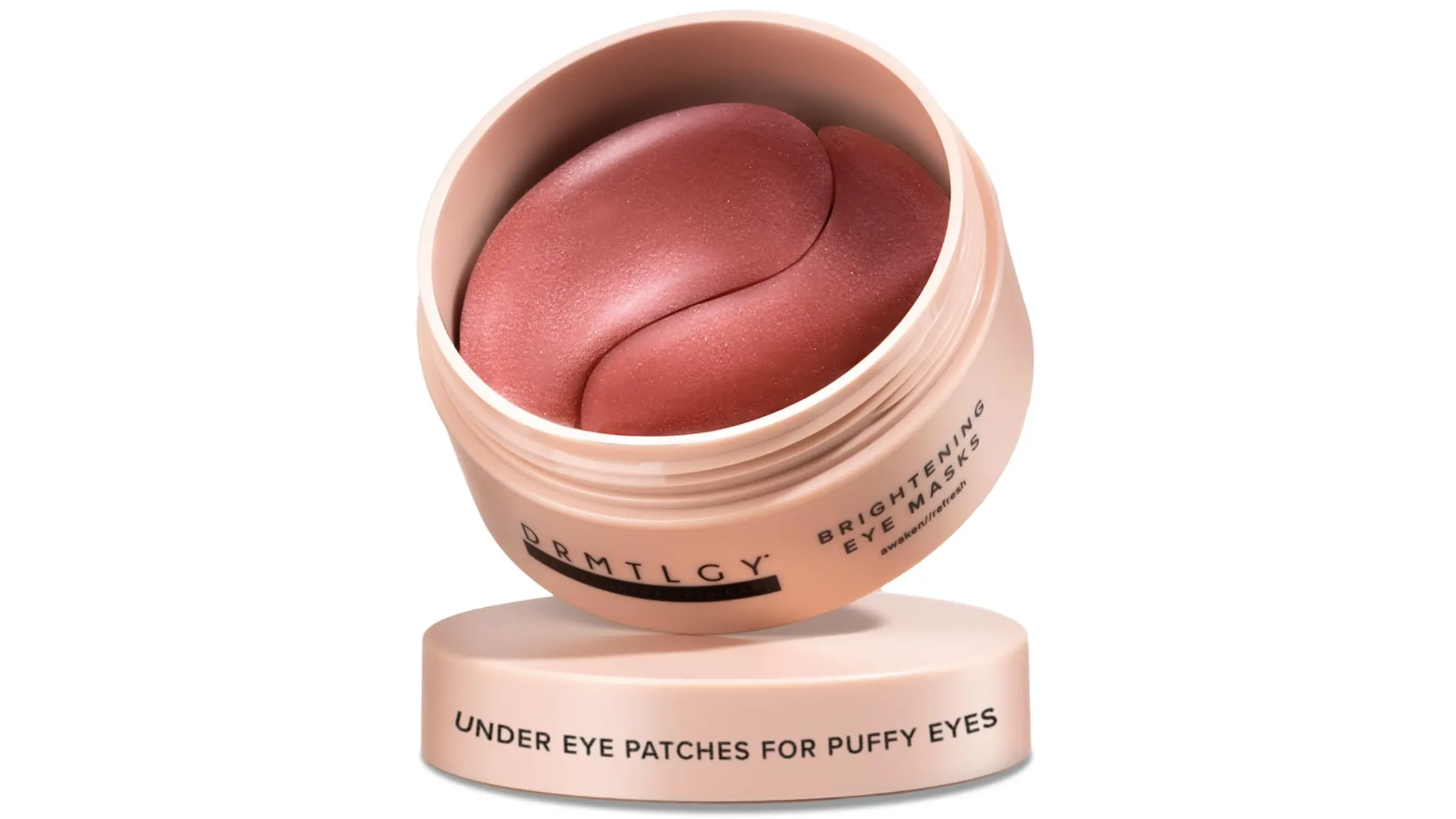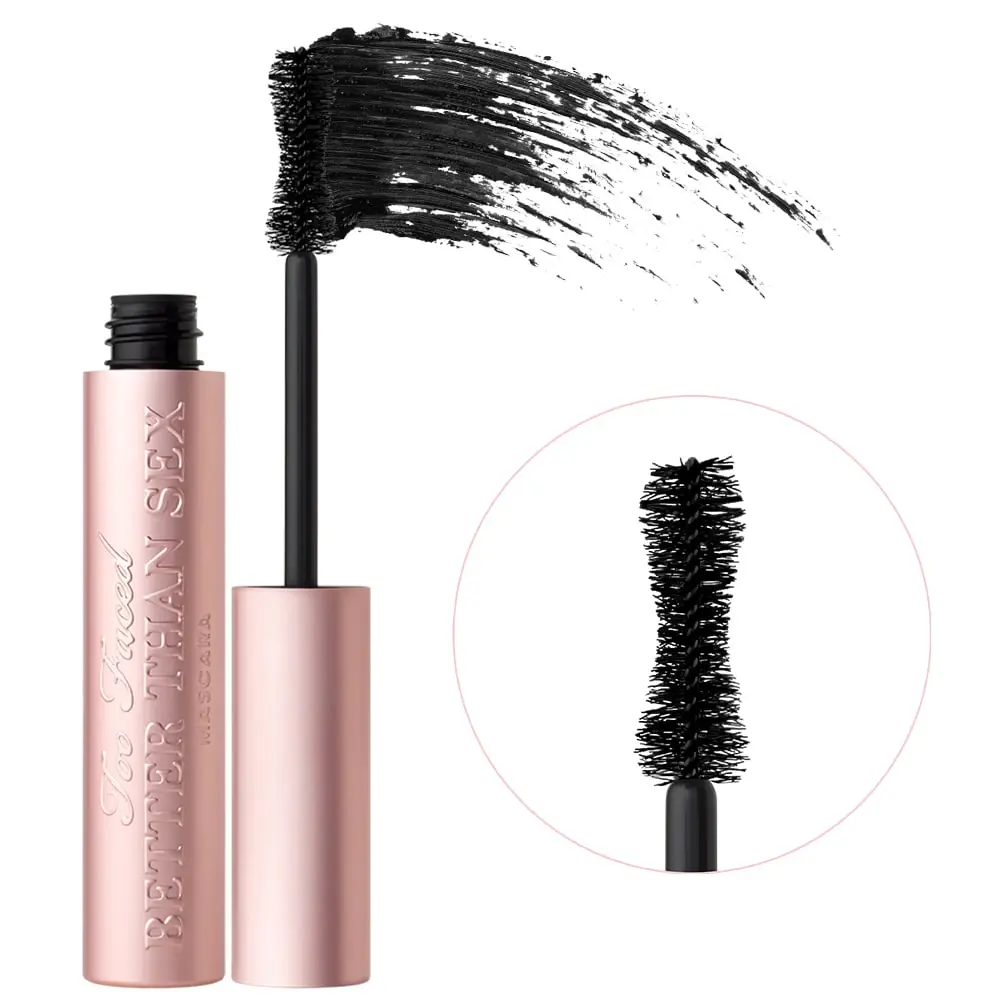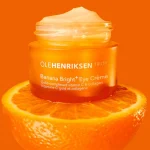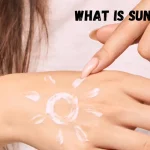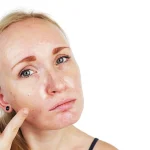Explore The Pink Eye Or Stye
Pink eye or stye are two frequent eye disorders that can cause discomfort and visual loss. Although both illnesses affect the eyes, they have distinct symptoms and causes. Pink eye (conjunctivitis) is an inflammation of the conjunctiva, a thin membrane-like covering that protects the white area of the eye and the inner side of the eyelid. It might be caused by a viral or bacterial illness, an allergy, or anything else that makes the eyes uncomfortable. A stye (hordeolum) is a regional or vaginal infection that produces inflammation of the eyelid glands, most commonly caused by a bacterial infection. Instagram Twitter Pinterest Causes Of Pink Eye And Stye Both pink eye and styes can cause eye irritation, however they have different causes. Pink Eye (Conjunctivitis) Viruses are the most prevalent cause, accounting for around 60% of cases. Although less prevalent than viral infections, bacterial pink eye is often caused by Staphylococcus aureus or Haemophilus influenzae bacteria. Allergens such as pollen, dust mites, and pet dander can cause an allergic response in the conjunctiva, resulting in pink eye. Irritants include chemicals, tobacco, chlorine in swimming pools, and even dry eyes, which can irritate the conjunctiva and produce inflammation. Wearing the wrong lenses, as well as prolonged lens wear, can introduce bacteria or irritants into the eye, causing pink eye. Stye (Hordeolum) Blepharitis Chronic inflammation of the eyelid margins might raise the possibility of developing styes. Styes are caused by a bacterial infection, most often Staphylococcus aureus, that affects the oil glands in the eyelid. When dead skin cells and oil build up, they can plug the oil glands, providing an ideal habitat for bacteria to grow and result in a stye. Frequent eye rubbing or contact with unclean hands might introduce germs into the oil glands, potentially infecting them. Rosacea, a skin disorder marked by face redness, might increase the risk of styes. Note: It’s crucial to remember that, while pink eye, particularly viral and bacterial varieties, is very infectious, Styes are not and cannot transmit from person to person. Is It A Stye Or Pink Eye? The following significant differences will help you determine whether you have a stye or a pink eye. Presence of lumps Stye: A hard, red lump on the edge of your eyelid indicates a blocked oil gland, which is a stye. Pink eye: No lumps, pimples or boils around the eyes. Redness Stye: It may produce redness around the bump. Pink eye: A widespread redness of the white area of the eye (sclera). Discharge Stye: When gently pinched, pus may emerge right from the hump. Pink eye: The eye may leak water, pus, or mucus. Pain Stye: often produces discomfort, pain, and swelling in the afflicted region. Pink eye: It is usually painless, although it may feel gritty or irritating. Contagiousness Stye: It is not communicable. Pink eye: It is very infectious, particularly viral and bacterial kinds. Here is a table that summarises the key points So you can easily understand whether it is Stye or Pink Eye Glory Stye Pink Eye The presence of a lump Yes, red lump on the eyelid No Redness Localised around the hump. General redness in the white area of the eye Discharge Pus from bump (when squeezed) Watery, pustular, or mucous discharge. Pain Tenderness, discomfort, and swelling. Usually little discomfort, although it may feel gritty. Contagiousness Not contagious Highly contagious (both viral and bacterial) Remember, If you’re unclear about the sort of eye infection you have, it’s always better to see a doctor for an accurate diagnosis and treatment. They can also advise you on how to take proper precautions to avoid infection spread in the event of pink eye. Home Remedies For Pink Eye And Stye Although home therapies can help with the pain of pink eye and styes, it is important to note that they do not cure the underlying ailment and may not be suitable for everyone. It is always recommended to see a healthcare professional for an appropriate diagnosis and treatment, especially if symptoms worsen or persist. Here are some common home treatments that may provide short relief for both pink eye and styes: Warm compresses Soak a clean washcloth in warm water, dry it to remove excess moisture, and gently massage your closed eyes for 10-15 minutes at a time. Repeat this several times daily. It warms and increases blood flow and promotes drainage, potentially speeding healing. Eye drops Over-the-counter lubricating eye drops (artificial tears) can help relieve dryness and discomfort. Look for products without preservatives, especially if you have sensitive eyes. Hygiene practices Always clean your hands with soap and water, especially before touching your eyes. Avoid touching or rubbing your eyes, as this can spread illness, and cause Pink Eye or Stye. Use a separate washcloth for each eye and rinse frequently with warm water. Hygiene practices Always clean your hands with soap and water, especially before touching your eyes. Avoid touching or rubbing your eyes, as this can spread illness, and cause Pink Eye or Stye. Use a separate washcloth for each eye and rinse frequently with warm water. Additional tips for Styes: To promote drainage, gently massage the afflicted region with a clean fingertip in a circular motion. Avoid exerting pressure or attempting to compress the stye, since this might exacerbate the infection. It’s crucial to seek immediate medical attention if: Your symptoms increase or may not improve after a few days. You experience significant pain, blurred vision, or light sensitivity. You have a weakened immune system. By prioritising professional guidance and using these remedies cautiously, you can manage your discomfort while awaiting proper diagnosis and treatment. Important note: Do not use antibiotics or any other medication without first consulting a medical professional. Stop using contact lenses until your pink eye clears up completely. How To Treat A Stye Or Pink Eye The therapy for styes and pink eye varies according to the cause of infection. Here’s the breakdown below. Stye Apply a clean, warm compress to the afflicted
Explore The Pink Eye Or Stye Read More »


